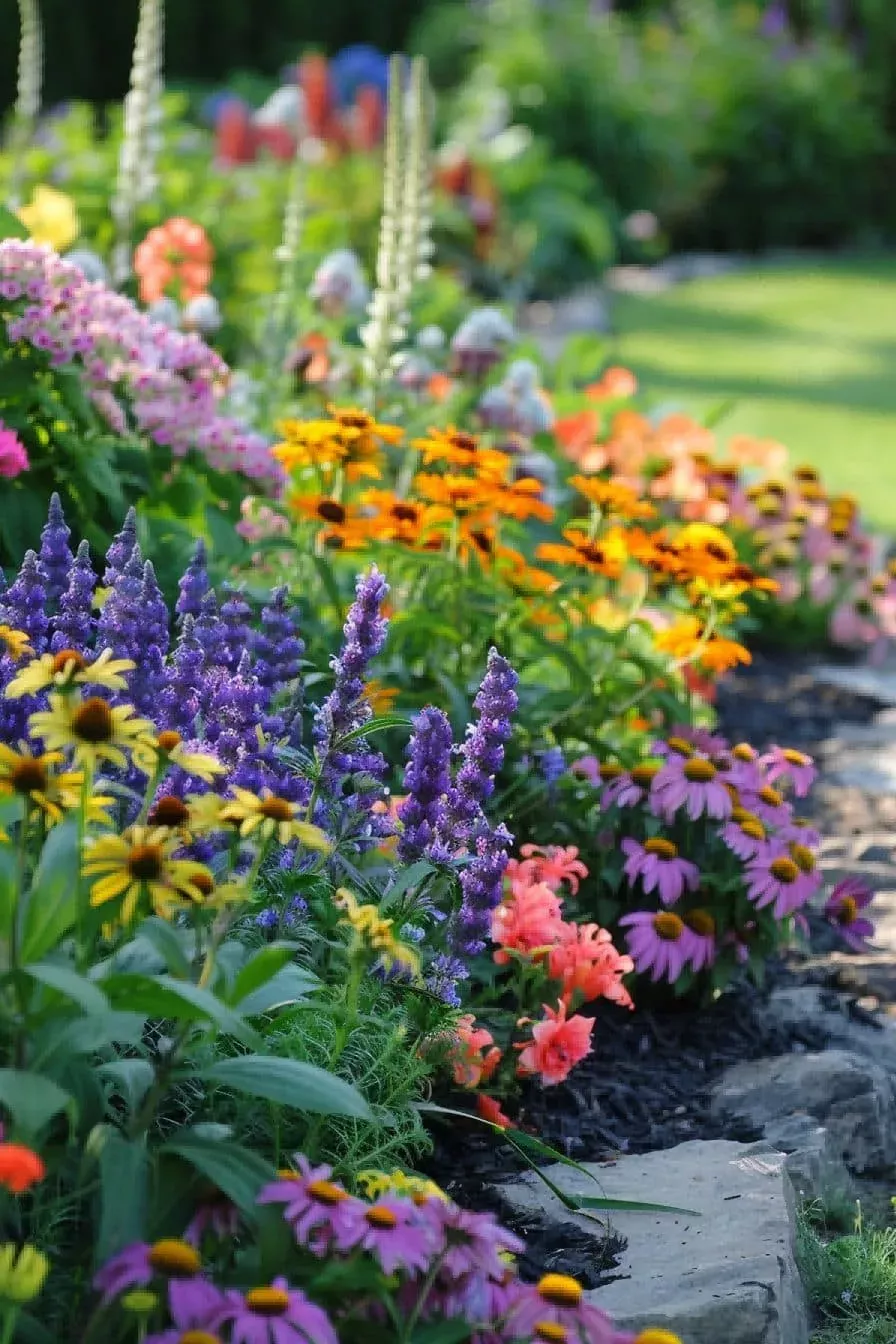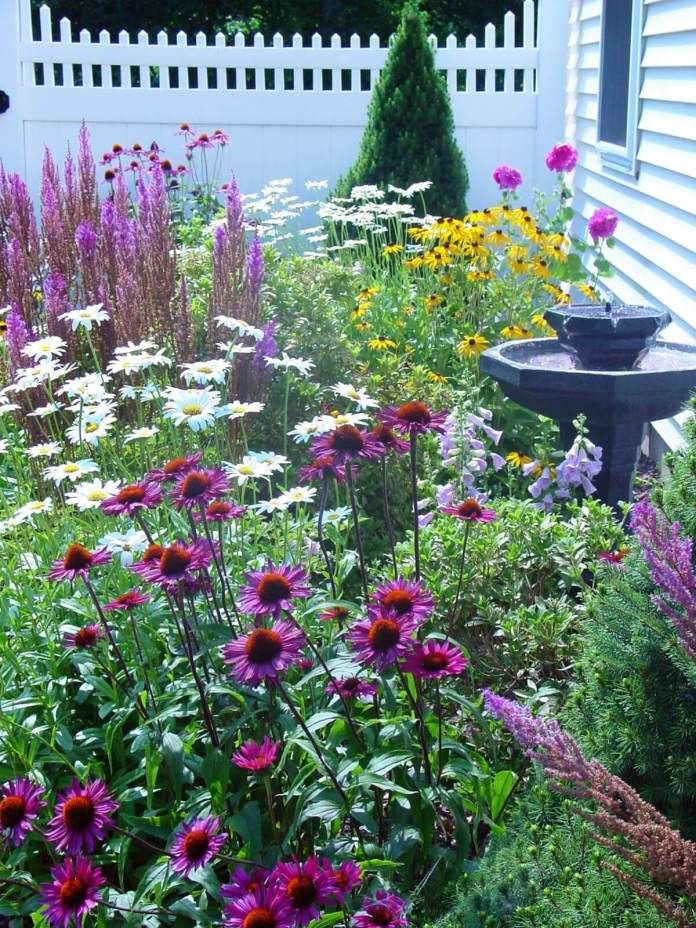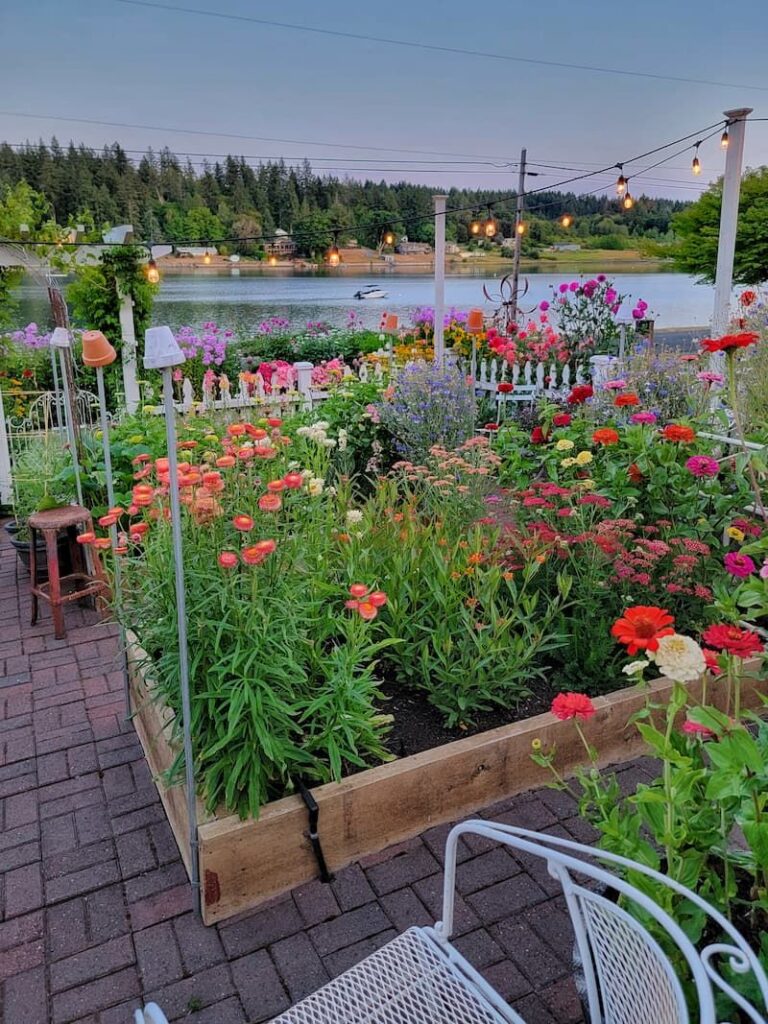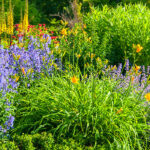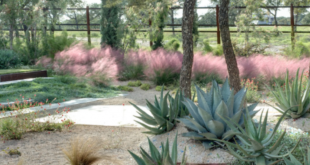Flower garden layouts are an important aspect of creating a visually appealing and functional garden space. There are many different layouts to consider when designing a flower garden, each with its own unique aesthetic and practical considerations.
One popular flower garden layout is the formal garden design, which features symmetrical patterns, straight lines, and geometric shapes. This layout is often associated with classical or traditional garden styles and can create a sense of order and elegance in the garden space.
On the other hand, cottage garden layouts are more relaxed and informal, featuring a mix of different plant species and a more naturalistic feel. These gardens often have a wild, romantic look and are characterized by their abundant, overflowing plantings.
Another popular flower garden layout is the butterfly garden, designed to attract and sustain butterflies and other pollinators. These gardens typically include a variety of nectar-rich plants, such as milkweed and coneflowers, as well as host plants for caterpillars, such as parsley and dill.
For those with limited space, container gardens are a great option. Container gardens can be placed on patios, balconies, or even windowsills, and can be easily moved to different locations as needed. This layout allows for easy maintenance and flexibility in plant choices.
A more modern approach to flower garden layouts is the use of raised beds or vertical gardens. These layouts are ideal for small spaces or urban environments and can add a unique architectural element to a garden. Vertical gardens can also be used to create a living wall, adding texture and interest to outdoor spaces.
Ultimately, the best flower garden layout will depend on individual preferences, the size and shape of the garden space, and the overall style of the home and surrounding landscape. By carefully considering these factors, gardeners can create a beautiful and functional flower garden that enhances their outdoor living space and provides enjoyment for years to come.
 yishifashion Where Outdoor Dreams Become Reality
yishifashion Where Outdoor Dreams Become Reality
